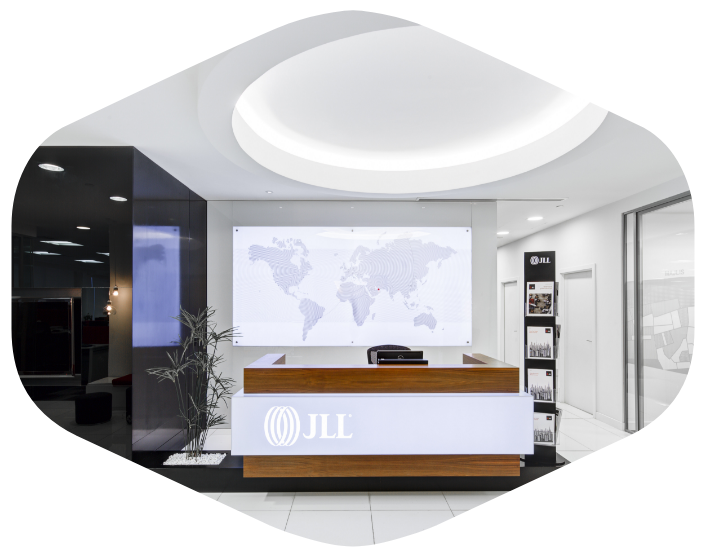Office Signs: Enhancing Navigation and Communication in the Workplace
Ever walked into an office and felt completely lost? Office signs are the unsung heroes that guide us through these professional mazes, making sure we know exactly where to go and what to do. In this article, we'll explore the world of office signs, their importance, types, design principles, and the latest technological advancements that make them so effective.

What Are Office Signs?
Office signs are essential tools used within workplace environments to provide direction, information, and identification. They help employees, visitors, and clients navigate the office space efficiently and understand the layout and rules of the environment.

Types of Office Signs
- Directional Signs: These signs point the way to various locations within the office, such as restrooms, exits, and different departments.
- Informational Signs: These provide important details about the office environment, such as floor plans, evacuation routes, and schedules.
- Identification Signs: These identify specific rooms or areas, such as meeting rooms, private offices, and break areas.
- Regulatory Signs: These convey office rules and regulations, such as no smoking signs, safety instructions, and policy notices.
Design Principles for Office Signs
Creating effective office signs involves adhering to several design principles:
- Clarity and Simplicity: Information on the signs must be easy to read and understand at a glance.
- Consistency: Use uniform design elements across all signs to create a cohesive look.
- Visibility: Ensure signs are placed at eye level and use contrasting colors to stand out.
- Placement: Position signs strategically at decision points, such as intersections and entryways.
Materials Used in Office Signs
Office signs can be crafted from various materials, each chosen based on durability, aesthetics, and the office environment:
- Metals: Durable and professional, ideal for high-traffic areas.
- Plastics: Cost-effective and versatile, suitable for a range of indoor uses.
- Wood: Provides a warm, natural look, often used in creative or rustic office settings.
- Digital Displays: Offer dynamic and interactive information, perfect for modern offices.
Technological Advancements in Office Signs
Technology has significantly enhanced the functionality and appeal of office signs:
- Digital and Interactive Signs: These can display real-time information and offer interactive features for users to find specific locations or services.
- QR Codes and Mobile Integration: Users can scan QR codes with their smartphones to access detailed information and navigation assistance.
Office Signs for Different Areas
Different areas of an office require specific types of signs to address their unique needs:
- Reception Area: Welcome signs, directories, and visitor information.
- Meeting Rooms: Room identification, schedules, and usage instructions.
- Private Offices: Nameplates and department labels.
- Common Areas: Informational and regulatory signs for kitchens, restrooms, and lounges.
The Psychology of Office Signs
Understanding how people perceive and navigate spaces is crucial for designing effective office signs:
- Cognitive Mapping: This involves the mental process of creating a spatial map of the office.
- User Behavior and Experience: Insights into how different people move through and interact with the office environment can inform better sign design and placement.
Office Signs and Accessibility
Ensuring that office signs are accessible to all users, including those with disabilities, is vital:
- ADA Compliance: Signs must adhere to the standards set by the Americans with Disabilities Act, including braille and tactile elements.
- Inclusive Design: Considerations for color contrast, font size, and simple symbols ensure signs are usable for everyone.
Case Studies of Effective Office Signage
Looking at successful implementations can provide valuable lessons:
- Successful Implementations: Highlight examples from corporate offices, co-working spaces, and public institutions where signage has improved navigation and communication.
- Lessons Learned: Discuss the challenges faced and how they were overcome, offering best practices for future projects.
Challenges in Office Signage
Despite their importance, office signs come with their own set of challenges:
- Common Issues: Poor visibility, inconsistent design, and outdated information are frequent problems.
- Solutions and Best Practices: Emphasize regular updates, user feedback, and adopting new technologies to keep systems effective.
The Future of Office Signs
The field of office signage is continuously evolving with new trends and innovations:
- Emerging Trends: Include the increased use of digital signage and integration with smart office systems.
- Innovations on the Horizon: Potential future technologies like AI-driven navigation and personalized office experiences.
Conclusion
Office signs are crucial for guiding employees, visitors, and clients through complex workspaces. By understanding their types, design principles, and technological advancements, we can create effective signage that enhances navigation and communication in the workplace. As we look to the future, continued innovation will further improve the functionality and user experience of office signs.
FAQs
-
What is the main purpose of office signs?
- The main purpose of office signs is to help people navigate through office spaces efficiently and provide essential information about the environment.
-
How do digital office signs work?
- Digital office signs use electronic displays to show real-time information and can be interactive, allowing users to search for specific locations or services.
-
What are the benefits of interactive office signs?
- Interactive office signs enhance user experience by offering detailed, customizable directions and up-to-date information, making navigation more intuitive.
-
How can office signs improve accessibility?
- Office signs improve accessibility by incorporating features like braille, tactile elements, high-contrast colors, and large fonts, ensuring they are usable for people with various disabilities.
-
What trends are shaping the future of office signage?
- Future trends in office signage include the use of augmented reality, AI-driven personalized navigation, and greater integration with mobile devices and smart office systems.
What's Your Reaction?
















